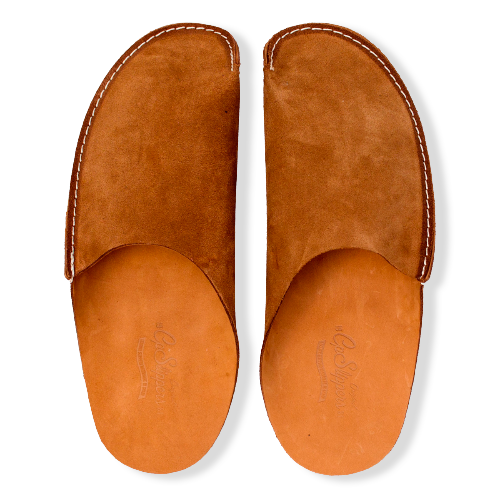[Recommended Image: A series of images or an animation showing the gradual steps of transitioning to minimalist shoes, like choosing the right pair and adjusting your gait.]
Embracing minimalist shoes is more than a change in footwear; it's a shift in how we engage with the ground beneath us. This chapter offers a comprehensive guide to making this transition smoothly and safely, ensuring that the journey enhances your physical well-being and aligns with your body's natural mechanics.
Understanding the Need for Transition
The transition to minimalist shoes is crucial due to the significant differences in design and support compared to traditional footwear. This section explains why a gradual adaptation period is necessary, highlighting the changes your body will undergo. It's not merely about the feet; it's about retraining muscles and altering posture and gait for a holistic adaptation.
- Phase 1: Preparation and Strengthening - Before you even step into a pair of minimalist shoes, it's vital to prepare your body. This involves strengthening the muscles of the feet and lower legs, which may have been underused due to the supportive nature of conventional shoes. Exercises such as toe curls, heel lifts, and barefoot walking on varied surfaces can build strength and improve proprioception. This section will outline a series of exercises and practices to get your body ready for the shift.
- Phase 2: Gradual Introduction - Once you've laid the groundwork, it's time to gradually introduce your feet to minimalist shoes. Start by wearing them for short periods during the day, slowly increasing the time as your comfort and strength build. This phase focuses on listening to your body's feedback, recognizing discomfort as a sign to slow down, and preventing potential injuries by not rushing the process.
- Phase 3: Increasing Usage and Activity - As your feet and body adjust, you can begin to use minimalist shoes for longer periods and introduce them into your regular activities, including walking, running, and other exercises. This section will guide on how to safely increase your activities, suggesting milestones to look for before advancing to ensure your body is adapting without strain.
- Phase 4: Full Transition and Maintenance - Reaching a point where minimalist shoes become your primary footwear is a significant milestone. However, maintaining the health and strength of your feet remains an ongoing process. This part of the chapter will discuss strategies for continuing to strengthen your feet, even after the transition, and tips for integrating minimalist shoes into all aspects of your life.
Common Challenges and Solutions
Transitioning to minimalist shoes is not without its challenges. From initial discomfort to impatience with the process, many obstacles can arise. This section will address the most common issues people face during the transition, offering practical advice and solutions to help overcome these hurdles and ensure a successful and beneficial switch to minimalist footwear.
Conclusion: Embracing a New Normal
Making the transition to minimalist shoes is a journey of rediscovery, teaching us to reconnect with the natural mechanics of our bodies. By following this step-by-step guide, you can ensure that your move to minimalist footwear is not only successful but also transformative, opening up a new world of mobility, strength, and health. The process requires patience and persistence, but the rewards—improved posture, enhanced foot strength, and a deeper connection to your movements—are well worth the effort.





